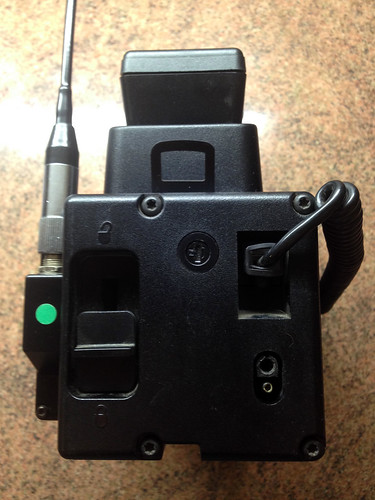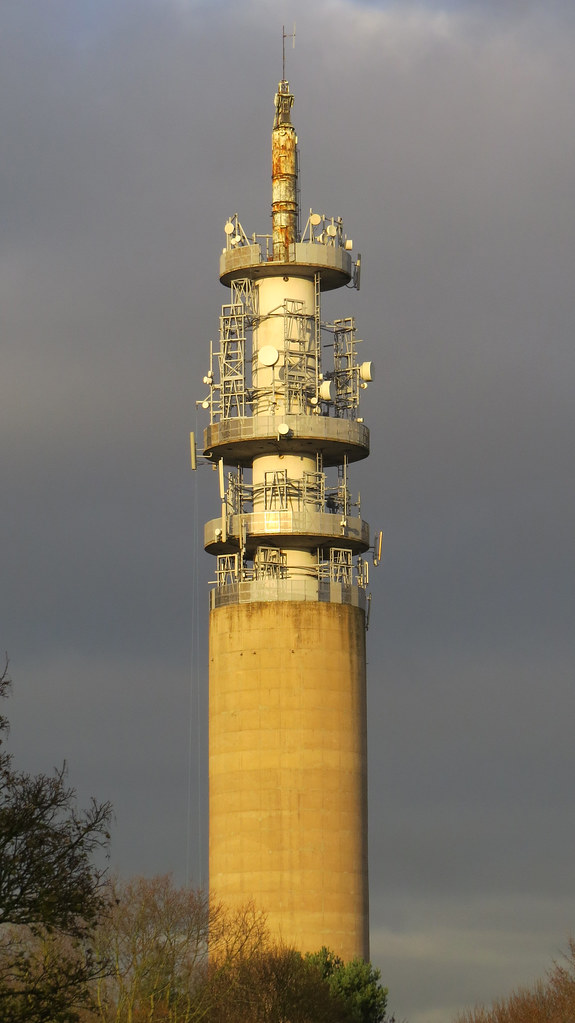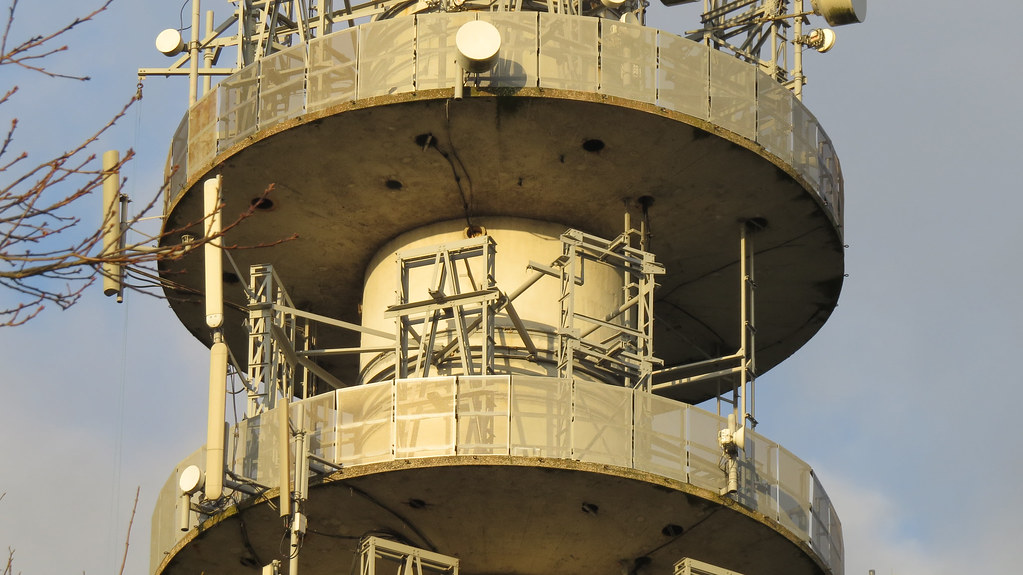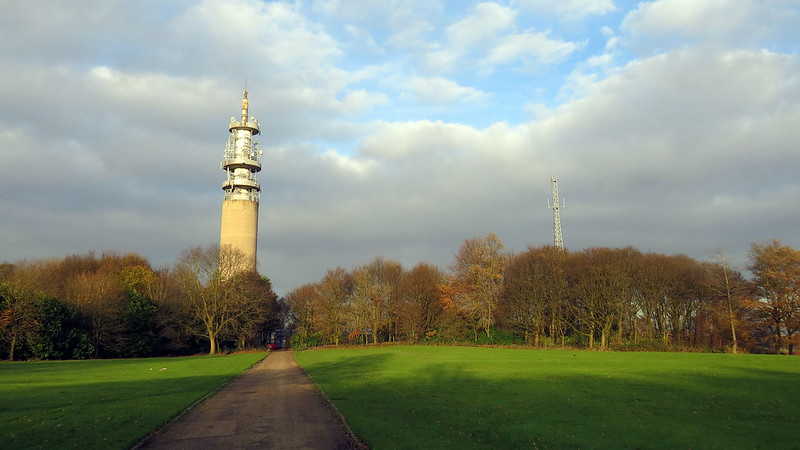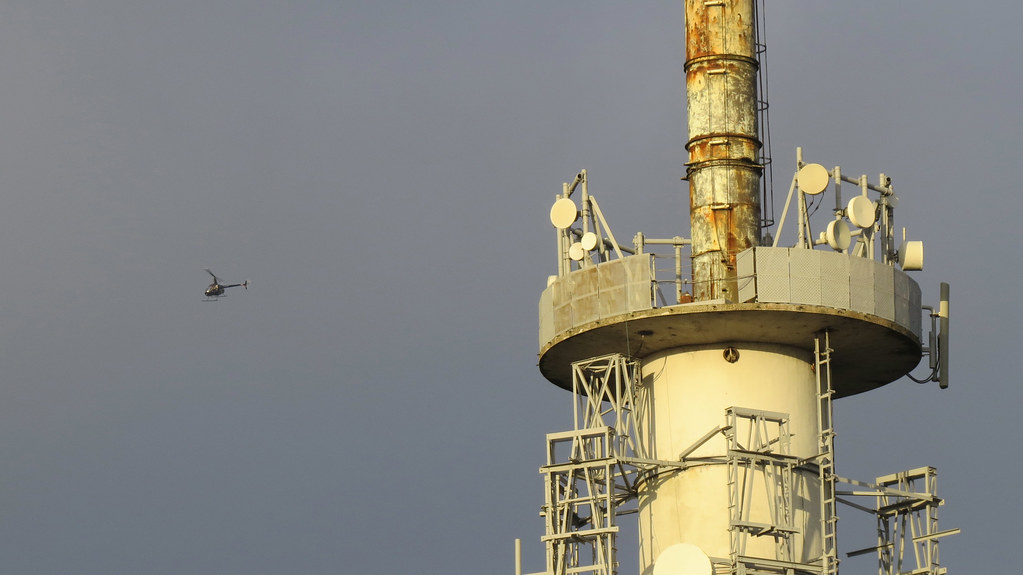I met with a friend of mine Roydan (M0LEX) to watch him take part in the RSGB 144mhz UKAC. This is a 2m USB DX contest in which radio amateurs up and down the United Kingdom and beyond attmept to work as much of the country as possible in two and a half hours.
These contests are timed to co-incide with the last two hours of a number of European activity contests, with an extra half hour at the end to encourage intra UK activity. They take place on Tuesdays from 2000-2230 local time with 144 MHz on the 1st Tuesday of the month. The country is divided up into IO squares with area codes in each square. We were in IO83.

I've never taken part in anything like this before hence coming along with Roydan to see what it was all about. We drove to a hill between Bury and Rochdale in Greater Manchester that overlooks most of Manchester and beyond. Winter Hill Arquiva transmitter site was clearly visible to the west and Croker Hill BT tower outside Macclesfield was visible to the south east. Beetham Tower in Manchester city centre sat directly to the south of our position. The weather was damp and freezing cold now Autumn is here but at least the rain that had hung around all day had now completely disappeared which made setting up Roydan's mast and antenna much easier.
When the antenna was set up on a drive on mast, we turned on and tuned in to the 2m band and had a listen round. It didn't take long for the band to come alive with operators up and down the country. It was nice to see so much activity on there and we both agreed that it restored our faith that the hobby is very much alive.
Throughout the two and a half hours Roydan managed to work exactly 100 stations. Lift conditions weren't great tonight and we struggled to make the grid squares in the far south east coast of England and the north of Scotland but we managed one Irish station. I heard a few familiar call signs from the Manchester area and many more from all over the UK but nothing from Europe tonight. I think Roydan managed 13 squares tonight.
I managed to take a few pictures of the view from the top of the hill. The panoramic photo above shows one third of the view and you can see Winter Hill mast on the right. Taken with a 15 second exposure on my tripod. All in all a great night with plenty of activity. I look forward to the next time and also giving it a go myself! Thanks Roydan!
Thanks for reading!
73's, Lewis M3HHY.
Manchester, UK.

.JPG)
.JPG)
.JPG)
.JPG)


















